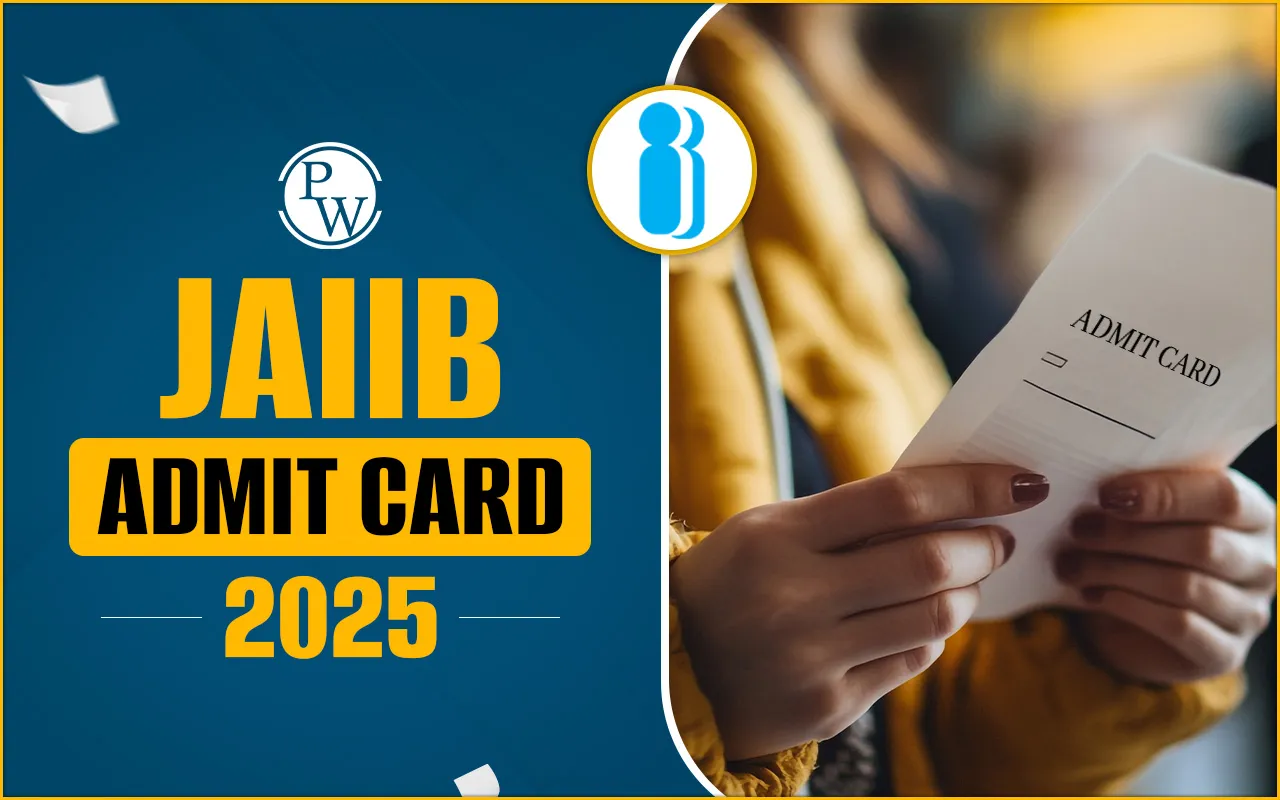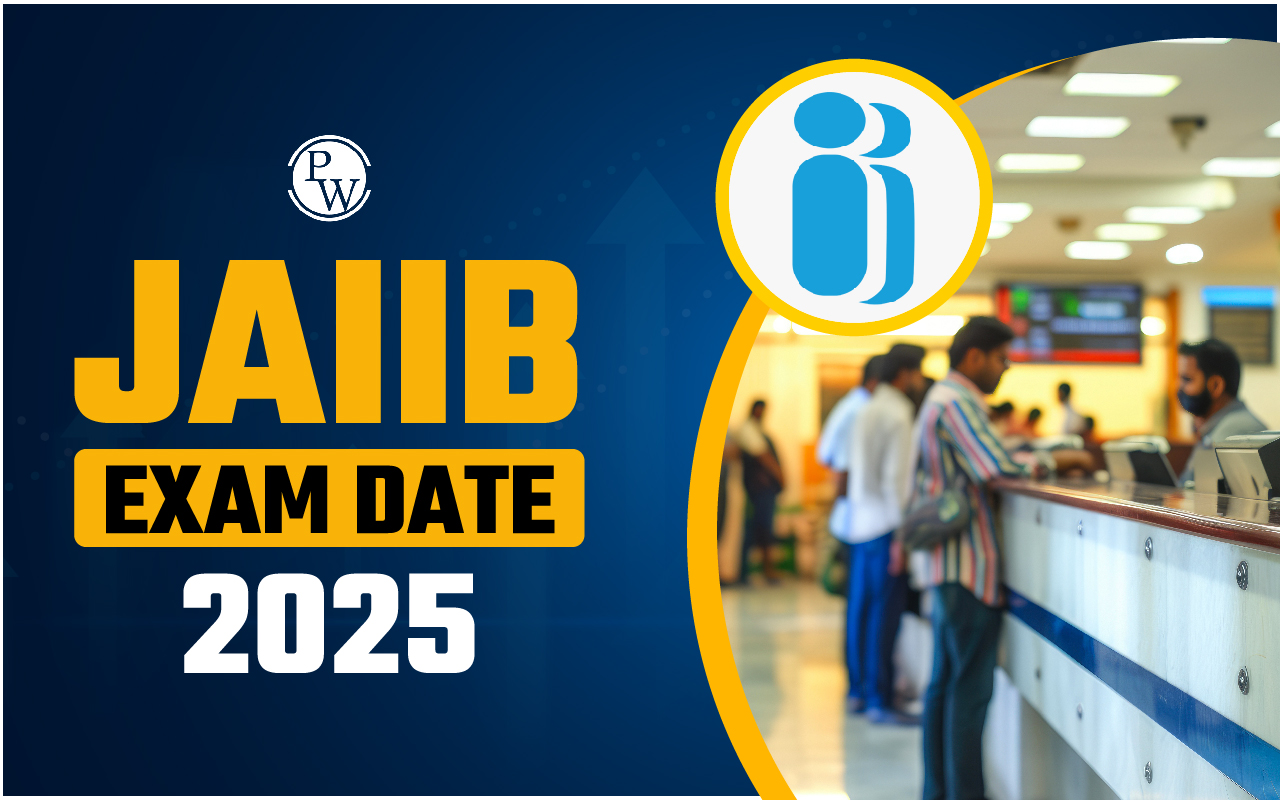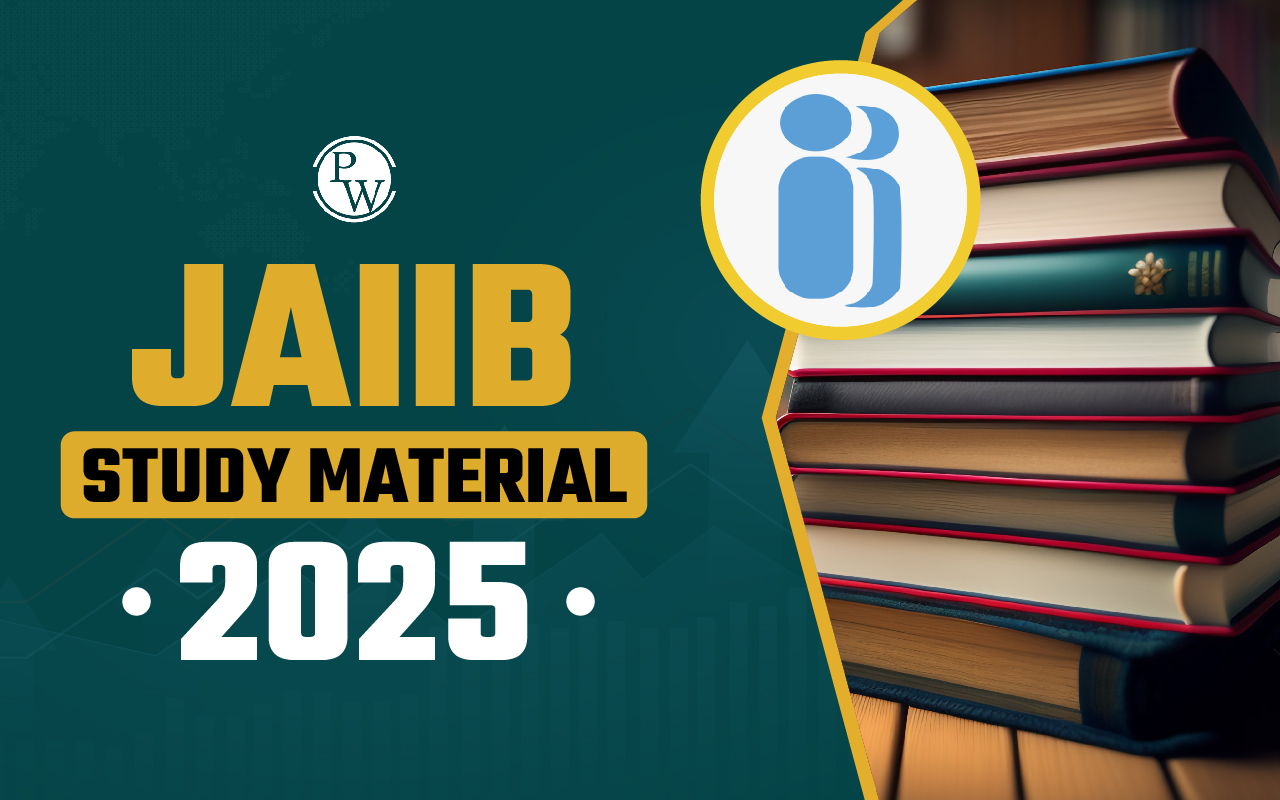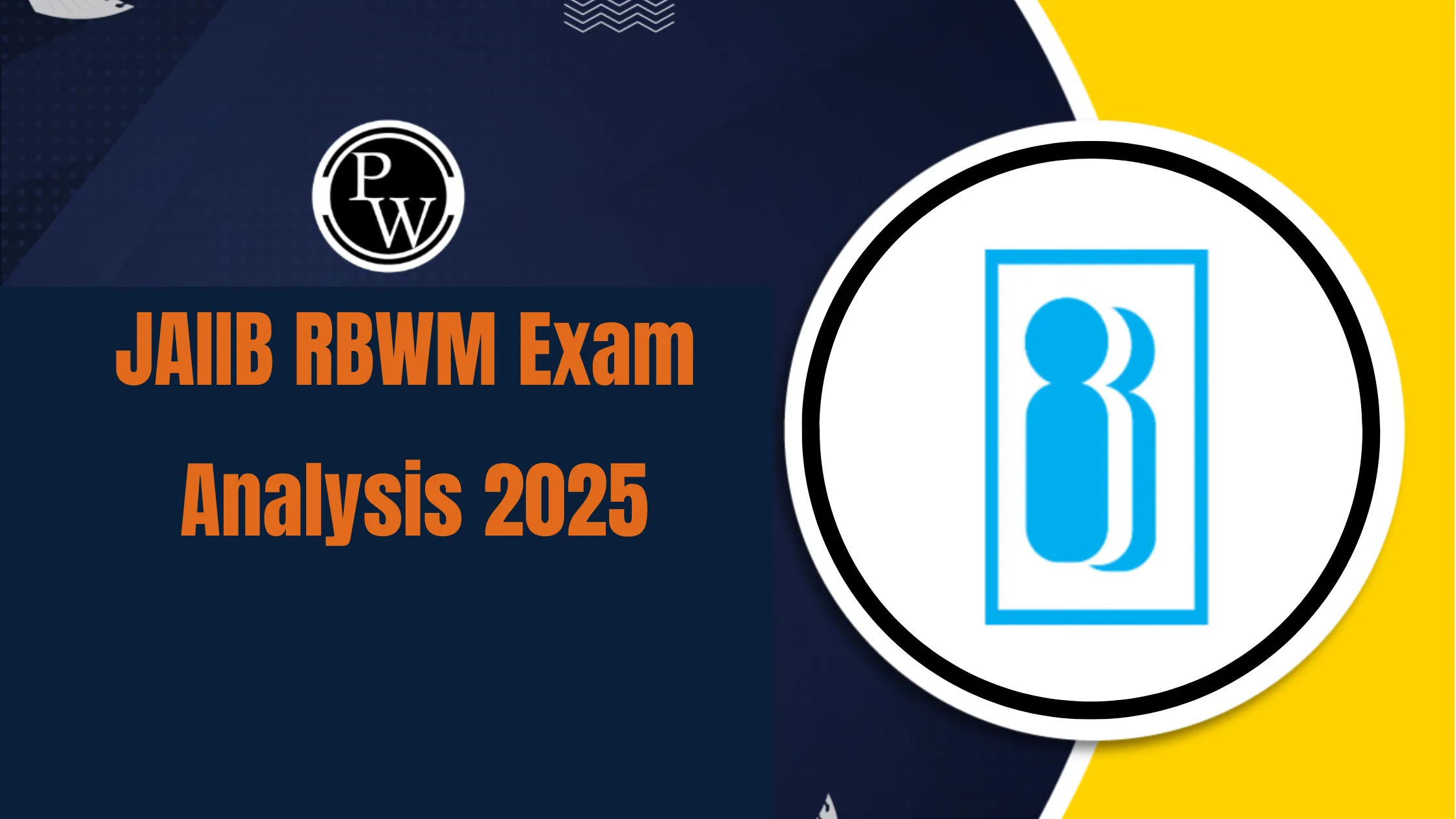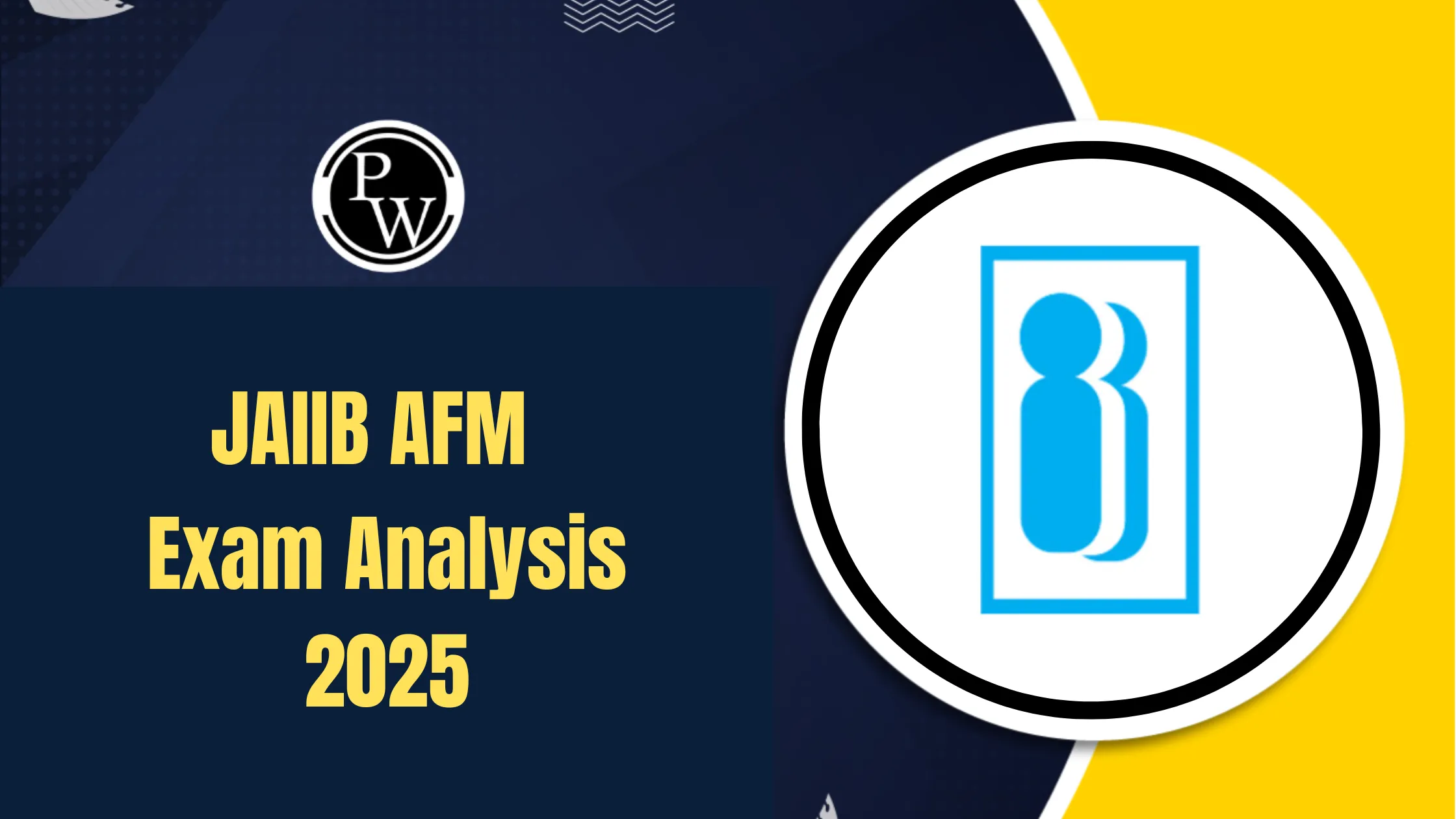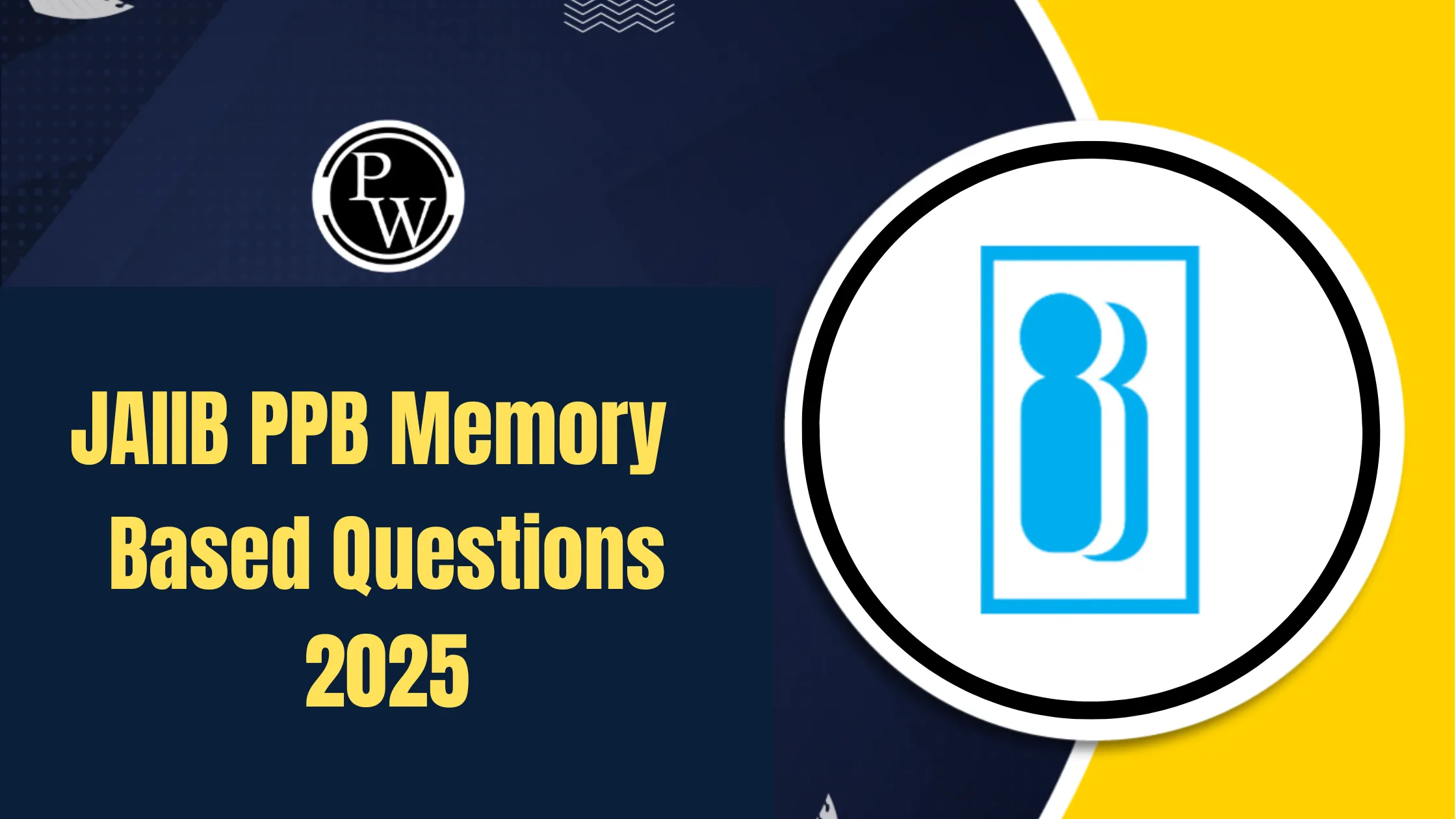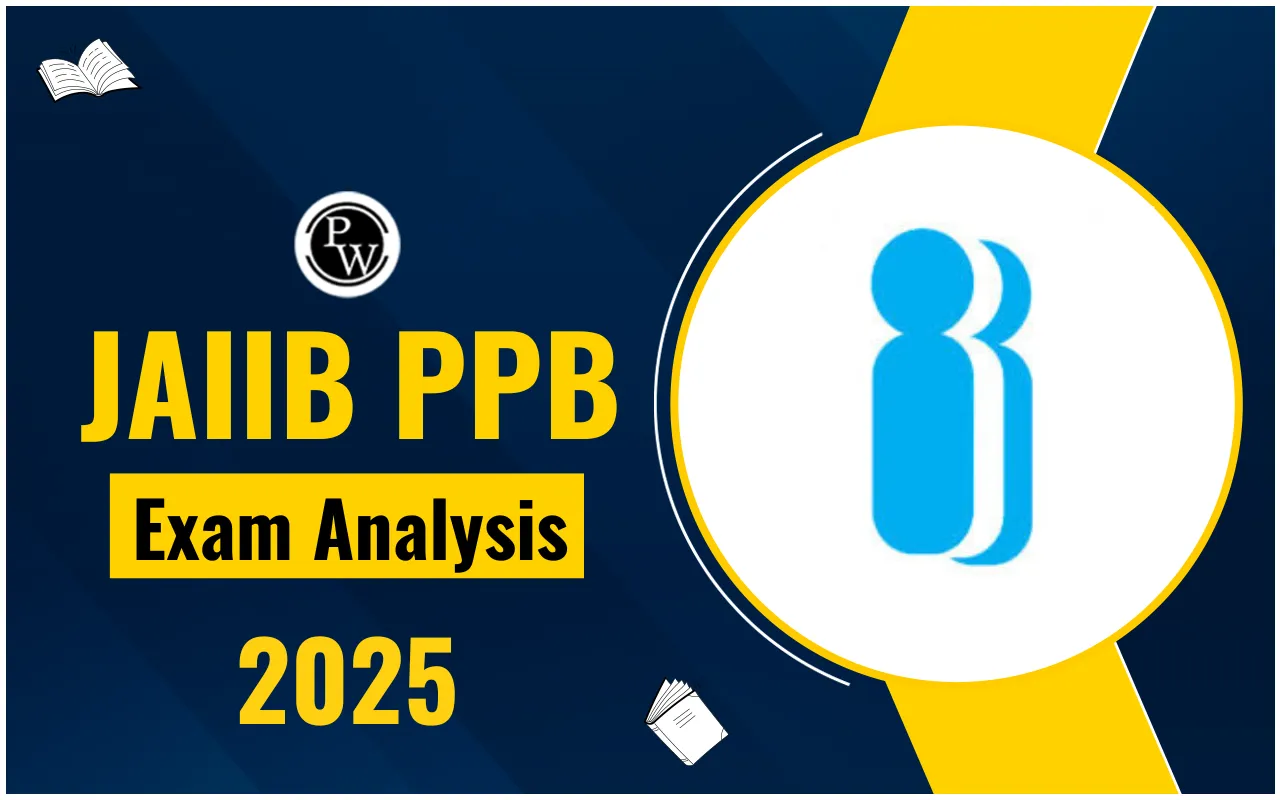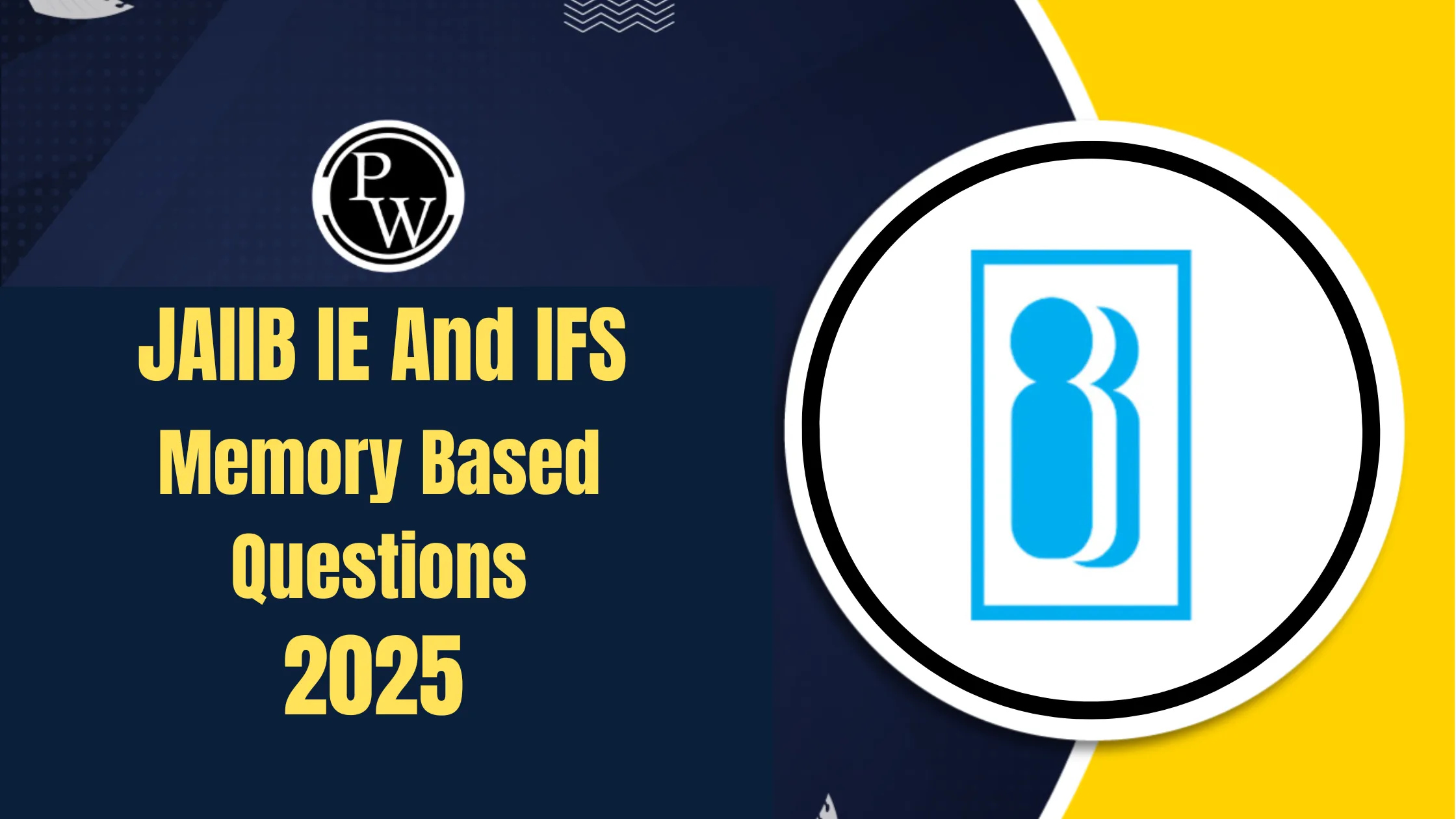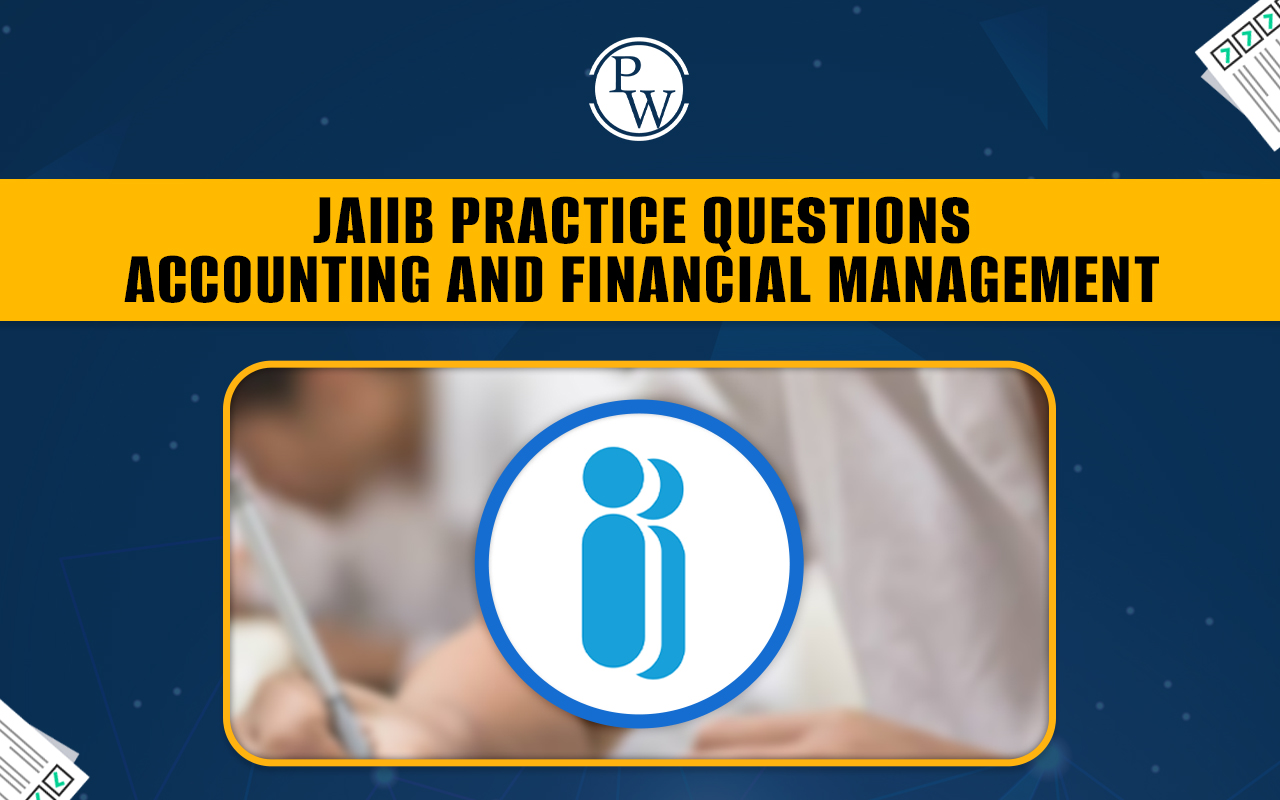
JAIIB Practice Question: The JAIIB (Junior Associate of Indian Institute of Bankers) Examination includes a third paper on Accounting and financial management important for bankers. This JAIIB Practice Questions focuses on the key modules and topics included in the JAIIB Accounting and Financial Management, helping candidates understand the essential concepts and prepare effectively.
In the below, you can get the JAIIB Practice Questions, Accounting, and Financial Management.JAIIB Practice Question
Take the complimentary JAIIB Practice Test that contains questions with comprehensive explanations. A crucial component for succeeding in the JAIIB exam is to JAIIB Practice Test 2025 in your study routine. It provides you with a thorough understanding of your level of preparation. Additionally, it will assist you in assessing how much effort is needed to pass the JAIIB Examination. PW has revised several sample questions for the mock test. Numerous additional resources about your JAIIB preparation can be accessed in the free account.JAIIB Practice Questions, Accounting, and Financial Management
Q1. The overdraft balance in the bank passbook is Rs. 15,000. A cheque is issued of Rs. 5,000 by the firm but it has not been presented for payment so far. Which of the following is the balance as per the cash book of the firm?
(A) Rs. 10,000 Favourable Balance (B) Rs. 20,000 Overdraft Balance (C) Rs. 10,000 Overdraft Balance (D) Rs. 20,000 Favourable BalanceAns: (B)
Q2. Shyam Lal is a newly hired accountant in the XYZ supermarket. He has wrongly posted Goods purchased worth 1000 from vendor ABC in the sales register account. Amit, his superior has been asked to help and rectify the error. What will be the correct rectification entry for the same?
(A) Sales account debit (2000), Purchase account credit (1000), ABC account credit (1000) (B) Sales account debit (1000), Purchase account debit (1000), ABC account credit (2000) (C) Sales account debit (1000), Purchase account credit (1000) (D) Purchase account debit (1000), Sale account credit (1000).Ans: B
Q3. Which of the following statements about the deduction under Section 80E of the Income Tax Act of India, 1961, for interest on education loans is correct?
(A) The deduction is available indefinitely until the loan is fully repaid. (B) The deduction is available for a maximum of 8 years. (C) There is a limit on the maximum amount of interest that can be claimed. (D) None of the above is correct.Ans: B
Q4. In banking, when there are a large number of accounts with similar types of transactions in the same ledger or group of ledgers, what is a common practice followed to streamline the recording process?
(A) Issuing individual vouchers for each transaction (B) Creating a separate ledger for each account to avoid confusion (C) Enclosing a summary report with the ledger entries for verification purposes (D) Preparing a consolidated voucher along with an attached list of account details and transaction amounts.Ans: D
Q5. Q119 What is the relationship between price changes and the Profit-Volume (P/V) ratio?
(A) There is an inverse relationship between price changes and the P/V ratio. (B) There is a direct relationship between price changes and the P/V ratio. (C) The P/V ratio remains constant regardless of price changes. (D) There is no relationship between price changes and the P/V ratio.Ans: B
Q6. Which of the following Schedule of the Companies Act prescribes the forms in which the balance sheet and profit and loss account should be prepared?
(A) Schedule II (B) Schedule III (C) Schedule IV (D) Schedule VIAns: B
Q7. Which Accounting Standard requires the ca sh flows to be classified into three heads?
(A) AS 1 (B) AS 2 (C) AS 3 (D) AS 4Ans: C
Q8. What is the duration of a perpetual bond if the current yield is 5%?
(A) 10 years (B) 21 years (C) 24 years (D) It is perpetual and cannot be determinedAns: B
Q9. Sam borrows Rs. 5,000 from a bank at an annual interest rate of 8%. How much interest will he have to pay after 3 years?
(A) Rs. 1200 (B) Rs. 400 (C) Rs. 800 (D) Rs. 1000Ans: A
Q10. Net working capital in business is:
(A) Fixed Assets - Current Liabilities (B) Shareholders fund- Current assets (C) Current Assets- Current liabilities (D) Current assets + current liabilitiesAns: C
JAIIB Practice Questions, Accounting, and Financial Management PDF

